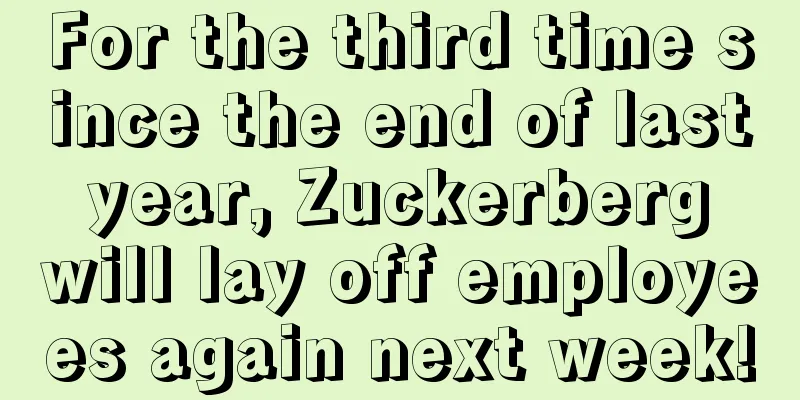Amazon sellers beware: Buy Box policy changes!

|
Recently, the Japan Fair Trade Commission conducted an on-site investigation of Amazon's Japanese subsidiary because the company was suspected of violating the provisions of the Anti-Monopoly Law on "abuse of dominant position" and "restrictive transactions"! According to relevant personnel, Amazon is suspected of forcing sellers to lower their prices on its own platform ( required to be lower than the prices on other online shopping platforms ) and use Amazon services ( including logistics and collection ) in exchange for the "prominent display rights" of the "Buy Box"! If sellers do not set prices lower than those on other platforms, their products may be removed from the "Buy Box", seriously affecting their sales performance. When multiple sellers on Amazon sell the same product at the same time, usually only one seller’s product can get a prominent position in the “Buy Box”, and users can add it to the cart or place an order with one click, while other products will only be linked to it in the form of “recommendations”, which directly affects the product’s exposure and sales opportunities. This practice not only affects sellers’ pricing freedom, but may also limit their competitiveness on other platforms. This action has caused widespread dissatisfaction and questioning, especially for sellers, who may face greater operating pressure and challenges because of Amazon's policy. 1. Everyone knows that the loss of the Buy Box has a huge impact on sellers, as follows: 1. Buyers can’t buy directly from your listing when browsing your products, which can lead to a significant drop in sales. 2. Influence buyers’ trust in your brand, especially those who value brand consistency. 3. If you rely on Amazon advertising to drive sales, losing the shopping cart may cause the ads to fail to turn on, thereby reducing the effectiveness of the ads. 4. Buyers are accustomed to one-click purchases. Losing the shopping cart may increase the buyer's purchasing barriers and lead to a decline in shopping experience. Second, shopping cart loss may also be caused by the following factors: ★ 1. Price factor
★ 2. New listings
★ 3. Frequently modify listings
★ 4. Being copied
★ 5. Inventory
★ 6. Negative reviews
3. What is the black technology that service providers use to make competitors lose their shopping carts? In fact, this is not some new black technology. In fact, the core operating idea is the same as the method of counterattacking and turning into a dog, which is to exploit the globally shared vulnerability of LISTING. By listing the competitor's main link in the United States on a small site in other countries, deliberately filling in banned words during the upload process, the competitor's US site listing will encounter security audits or be labeled as an adult, and then become a dog. Of course, if you have a VC account to operate, it will be more convenient and quick. The logic for countering the loss of shopping carts is to exploit the globally shared vulnerability of LISTING and modify the nodes of competitors' links across sites to categories that require review, so that the shopping cart is lost or even removed from the shelves. |
<<: Black Friday sales increased 13 times! A large number of sellers found a new traffic entrance!
>>: Summary of several updates to Amazon coupons feature!
Recommend
What is ReviewMeta? ReviewMeta Reviews
ReviewMeta is a free tool that analyzes product re...
The deadline is approaching! Soon your goods will not be able to enter or leave the UK...
Brexit I think everyone must have heard this news...
Breaking news! A fire broke out in an Amazon distribution warehouse in the United States!
At about 7:00 a.m. on June 5, Pacific Time, a fire...
ByteDance reportedly agrees to divest TikTok's U.S. business
According to Reuters, two people familiar with the...
What is Tao Data? Tao Data Evaluation
Tao Data is affiliated to Hangzhou Maijia Technolo...
Shopify+Amazon "mixed doubles" unlocks new ways to operate stores
Not all Amazon sellers want to ship through Amazo...
Blocked account + jail time! Just now, China and the United States took a fatal approach against counterfeit goods...
What products are the most rampant on Amazon? Fake...
Double your profits! 20 ways to boost sales on Amazon
It’s not easy to increase sales on Amazon, but wit...
What is Seller Republic? Seller Republic Review
Seller Republic is a simple, fast and smart tool f...
What is Ecomdash? Ecomdash Review
Ecomdash is a service tool designed for multi-chan...
How to improve the quality of text, pictures and videos in listings
The useful information we bring today is how to im...
Competition heats up as Amazon and Temu race to explore diversified supply chains
According to the latest foreign media reports, two...
Poshmark, the US version of Xianyu, announced that it will close its business in India, Australia and the UK
It is learned that according to foreign media rep...
Amazon Vine program is open to third-party sellers. How to join the program?
On Amazon, reviews have a significant impact on pr...









